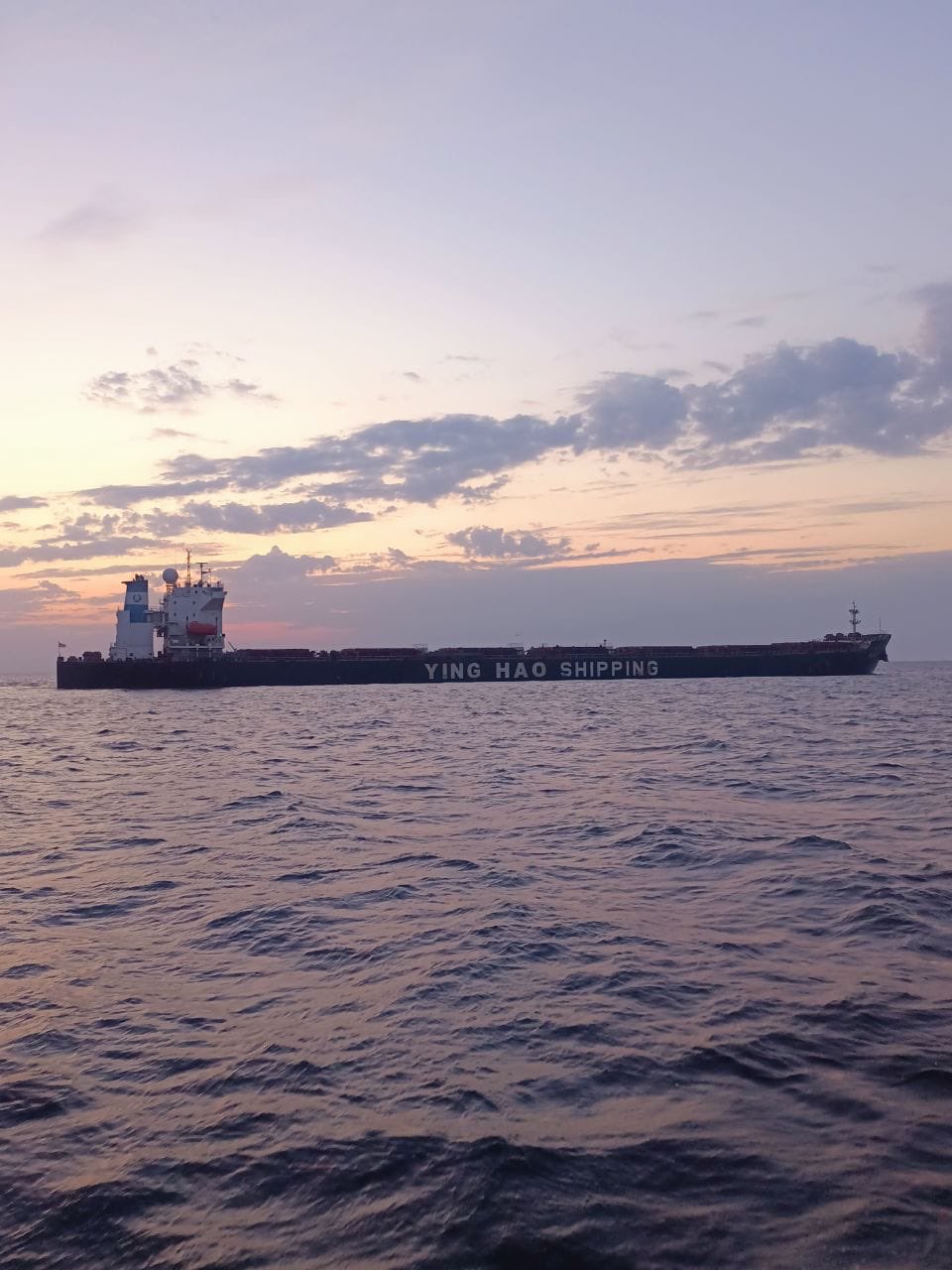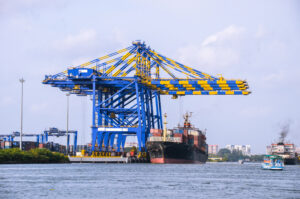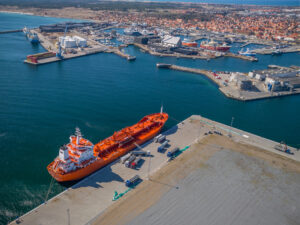Ukraine’s recently established grain corridor is gaining momentum, as defiance against a Russian naval blockade sees more vessels making their way to the war-torn country.
Ukrainian vice prime minister Oleksandr Kubrakov denied on Thursday reports that the new temporary Ukrainian corridor had been suspended.
The ports of Odesa continue to receive ships along the temporary corridor established by the Naval Forces of the Ukrainian Armed Forces.
“Information about the cancellation or unscheduled stoppage of the temporary corridor for the movement of civilian ships from/to the ports of Odesa is not true. All routes established by the Ukrainian Navy are valid and are used by civilian ships,” Kubrakov wrote.
He clarified that since the corridor operates in the extremely difficult conditions of Russian military aggression, it operates taking into account the military situation and weather conditions.
“Ports of Big Odesa continue to process ships that passed through the temporary Ukrainian corridor,” he said.
According to the ministry, there are now 23 ships in the process of loading in the ports of in the ports of Odesa, Chornomorsk and Pivdennyi.
Since the corridor began operating, some 51 vessels have used it to enter. Some 33 vessels have already exported more than 1.3 million tonnes of Ukrainian agricultural products and other cargo.
Vessels have been using the Ukrainian corridor following the collapse of the Black Sea Grain Initiative in July after Russia pulled out.
However, the threat from Russia remains and many ship owners are hesitant to travel the route.
Earlier this month, three vessels loaded with grain and iron ore, left ports Chornomorsk and Pivdenniy.
The bulk carriers Azara, Ying Hao 01 and Eneida exported over 127 thousand tons of agroproducts and iron ore.
The first vessels which used the temporary corridor were the Aroyat (a handy bulker) and Resilient Africa (a general cargo vessel), which exported 20 thousand tons of wheat for Asia and Africa.
The successful round trip of these vessels is a significant boost for Ukraine’s efforts to establish its own maritime corridor without relying on Moscow’s consent.



